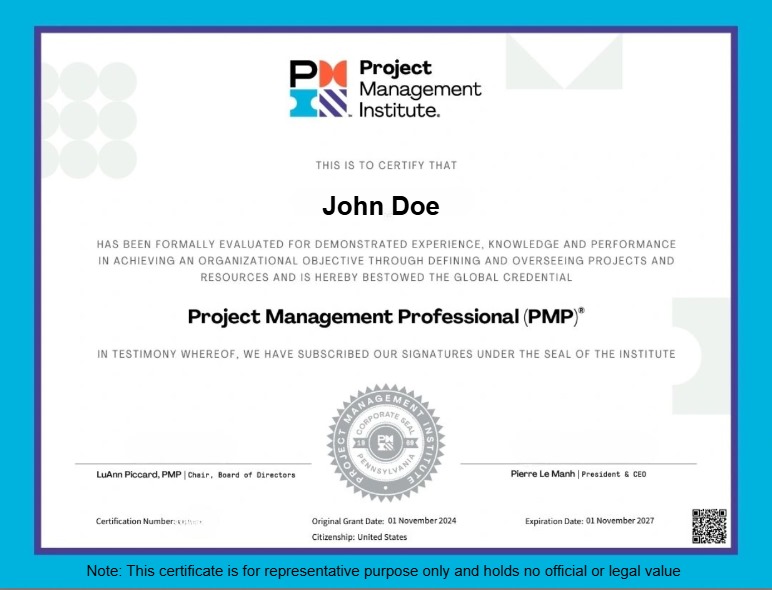Your Shopping Cart

The Apache Cassandra Certification Training course provides in-depth knowledge and hands-on experience in working with Apache Cassandra, a highly scalable, distributed NoSQL database. Ideal for data architects, database developers, system administrators, and big data professionals, this course equips learners with the skills to design, deploy, and manage Cassandra clusters for real-time big data applications. Mastering Cassandra opens doors to high-performance database roles in top organizations.
Learn High-Performance NoSQL: Understand the architecture behind Cassandra’s fault-tolerant, peer-to-peer model.
Real-World Application: Gain hands-on experience in setting up clusters, data modeling, and query optimization.
Career Opportunities: Cassandra professionals are in demand in big data, analytics, and real-time application roles.
Industry-Recognized Certification: Validate your Cassandra expertise and stand out to employers.
Comprehensive Learning: Covers data partitioning, replication, consistency, and performance tuning.
This training teaches you how to work with Apache Cassandra for distributed data management, including data modeling, cluster deployment, and query execution.
1. Database Developers and Architects. 2. Big Data Professionals and Engineers. 3. System Administrators managing distributed systems. 4. IT Professionals looking to expand into NoSQL technologies.
1. Builds expertise in scalable database solutions. 2. Prepares for Cassandra developer and admin certifications. 3. Provides practical exposure to CQL, replication, and consistency models.
• Cassandra as a Distributed Database
• Key Cassandra Elements
a. Memtable
b. Commit log
c. SSTables
• Replication Factor
• Data Replication in Cassandra
• Gossip protocol – Detecting failures
• Gossip: Uses
• Snitch: Uses
• Data Distribution
• Staged Event-Driven Architecture (SEDA)
• Managers and Services
• Virtual Nodes: Write path and Read path
• Consistency level
• Repair
• Incremental repair
• Replication Factor
• Replication Strategy
• Defining columns and data types
• Defining a partition key
• Recognizing a partition key
• Specifying a descending clustering order
• Updating data
• Tombstones
• Deleting data
• Using TTL
• Updating a TTL
• Create Keyspace in Cassandra
• Check Created Keyspace in System_Schema.Keyspaces
• Update Replication Factor of Previously Created Keyspace
• Drop Previously Created Keyspace
• Create A Table Using cqlsh
• Create A Table Using UUID & TIMEUUID
• Create A Table Using Collection & UDT Column
• Create Secondary Index On a Table
• Insert Data Into Table
• Insert Data into Table with UUID & TIMEUUID Columns
• Insert Data Using COPY Command
• Deleting Data from Table
• Cassandra nodes
• Specifying seed nodes
• Bootstrapping a node
• Adding a node (Commissioning) in Cluster
• Removing (Decommissioning) a node
• Removing a dead node
• Repair
• Read Repair
• What’s new in incremental repair
• Run a Repair Operation
• Cassandra and Spark Implementation
• Commissioning a Node
• Decommissioning a Node
• Nodetool Commands
• Cassandra monitoring tools
• Logging
• Tailing
• Using Nodetool Utility
• Using JConsole
• Learning about OpsCenter
• Runtime Analysis Tools
• JMX and Jconsole
• OpsCenter
• Creating a Snapshot
• Restoring from a Snapshot
• RAM and CPU recommendations
• Hardware choices
• Selecting storage
• Types of Storage to Avoid
• Cluster connectivity, security and the factors that affect distributed system performance
• End-to-end performance tuning of Cassandra clusters against very large data sets
• Load balance and streams
• Creating Snapshots
• Integration with Kafka
• Integration with Spark
• Security
• Ongoing Support of Cassandra Operational Data
• Hosting a Cassandra Database on Cloud
• Hosting Cassandra Database on Amazon Web Services
we are happy to help you 24*7
